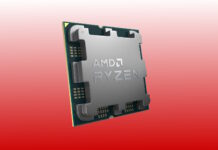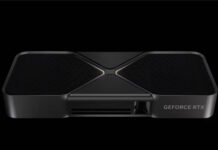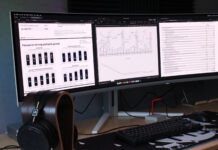There are two major complex processors in today’s computers: the CPU (Central Processing Unit) which in common terms is known as “the processor”. The other complex processor in your computer is the GPU (Graphics Processing Unit), which as the name implies mainly handles graphical applications. Now we might be closing up to the next crossroad where the graphical handling will be divided. Something that has become more and more popular lately is more intense and realistic physics in games, in other words how objects in the environment is affected by you and the surrounding. Everything from strains of grass pushed dow by your feet or moving in the direction of the wind to parts of a cars reacting in a realistic way when colliding with a brickwall, are examples of physics. The company AGEIA has realized this and have been working on the first dedicated processor for handling physics, PhysX. In other terms the first PPU, Physics Processing Unit. Over at Anandtech they’ve taken the time to ponder on what effects the PPU will have on games and what the consumer might gain from it. “Sure, some approximation of these things can be done on today’s graphics cards. But it’s not yet possible to have characters comb their hands through their hair realistic way. Clothing can’t move or tear like real cloth. Fluids don’t respond to splashes or movement in a proper way. The AGEIA PhysX PPU proposes to bring these features to a game near you.” It’s quite very interesting trying to imagine what kind of special effects we can expect from yet another dedicated processor, this time handling only the physics in games. You can find the entire article at Anandtech.com.
The GPU has become as a necessary complement for the CPU since by taking work load off the CPU developers have managed to push development of graphical applications further much more efficiently.
Physics is one of the most important aspects of creating a realistic game in an artificial environment and unfortunately this puts high demands on the hardware.
Today’s GPUs can handle a limited amount of physics but far from as much as game developers would like.
Subscribe
Please login to comment
0 Comments
äldsta














